Alternative photography brand Lomography has set out plans to produce a system that allows users to achieve three different focal lengths by switching the elements in the front half of a lens. The Neptune Convertible Art Lens System comprises a four-element barrel unit that remains attached to the camera, and three interchangeable front sections that can be switched to deliver 35mm, 50mm or 80mm focal lengths.
A click-less aperture is positioned in the rear section of the Neptune that provides a maximum F-stop setting of F2.8 when used with the 50mm front end. The same iris offers a maximum F number of F3.5 with the 35mm section and F4 with the 80mm section, according to Lomography. Each of the four-element front sections has been given a name – the 35mm F3.5 is called Thalassa, the 50mm F2.8 is called Despina and Proteus is the 80mm F4.
In addition to interchangeable front element groups the system has a collection of six shaped stops that can be inserted to interrupt the passage of light through the lens. The idea is that the shapes cut into the stops, or Special Aperture Plates, influence the characteristic of out-of-focus highlights in the image.
Lomography is using a Kickstarter campaign to fund the project, and at the time of writing had already succeeded in raising three times its target figure for production to go ahead. The manual-focus Neptune system will be available in black or silver and in Nikon F, Canon EF and Pentax K mounts. The system will also work with most compact system models via an adapter.
The company says it intends to begin shipping a limited number of Neptune systems in November this year, with the main production being available from February 2018. The full retail price is expected to be around $ 980, but early bird offers are in place from $ 690. The kit comprises a base lens unit, the three converters and the six aperture plates.
For more information see the Lomography website and the company’s Neptune Kickstarter page.
Manufacturer information
The Neptune Convertible Art Lens System
The Neptune Convertible Art Lens System is everything you need on any photography venture. A reimagination of the world’s first convertible lens system created by Charles Chevalier in the late 1830s, this unique system opens up a world of possibilities for beginners and professionals alike.
The Neptune Convertible Art Lens System consists of a lens base that’s mounted to your camera and several convertible lens components. By interchanging the front components, you can shoot photos or videos at three different fixed focal lengths — 35mm, 50mm and 80mm. An Art Lens System unlike any other; it offers you all the freedom of a zoom lens without compromising on prime lens quality, and it’s the only convertible Art Lens out there to work with a range of modern-day analogue and digital cameras. Each component is assembled by using the finest multi-coated glass and crafted to produce exceptionally sharp focus and strong, saturated colors for stunning high-definition images — even when you’re shooting close-ups at 0.25m/9.8” with Thalassa (35mm), 0.4/15.7” with Despina (50mm) or 0.8m/31.5” with Proteus (80mm). This is an Art Lens System that lets you take beautifully intimate shots, allowing you to get near enough to capture every last detail of your subject. And because it’s so small and lightweight design, you can take it with you everywhere.
And that’s not all — the Neptune Convertible Art Lens System also features two aperture mechanisms to give you all the creative freedom you need. The stopless iris diaphragm aperture mechanism in the lens base features a wide range of optimal Fstops for each focal length, but with the 35mm and 80mm lenses you’ve got the freedom to go beyond that range and experiment. You can also soften your style by inserting the special aperture plates in front of the iris diaphragm to edge your frame with delicate bokeh.
By reviving and reinventing Chevalier’s convertible lens design for modern-day cameras, we’ve created an Art Lens System that will revolutionize the way you approach photography and videography. There’s no limit to the amount of new front lenses we can produce, and we’re already designing new lens components with unique effects and possible focal lengths ranging from an ultra-wide-angle 15mm to a 400mm monocular.
Each new front lens will be just like the ones you can see on this page — small, handcrafted and compatible with the same lens base, meaning that you won’t have to break the bank by buying a whole new system every time you want to shoot with a new prime lens.
Photographers and videographers all over the world have tested the Neptune Convertible Art Lens System to make sure that we’ve created a system that performs exceptionally in any and every shooting situation. Lightweight and compact, it’s everything you need in your bag — no matter where your adventures take you.
Thalassa: 3.5/35
When attached to the base, the Thalassa lens shoots at a wide-angle fixed focal length of 35mm, making it perfect for architecture, street photography and reportage. As this is a focal length very close to that of the human eye, you can approach your subjects intimately, fill the frame, and immerse yourself in the shot. And as Thalassa has a closest focusing distance of 0.25m/9.8” and delivers exceptional sharpness, you’ll be able to capture all the gritty details that make this beautiful planet we live on so captivating. Sleek and compact, the Neptune Convertible Art Lens System is discreet enough to capture bustling street scenes off guard. Combine Thalassa with the special aperture plates to turn busy urban backgrounds into colorful bokeh frames for stunning environmental portraits, and try bypassing the optimal maximum aperture of F3.5 to add unique effects to your imagery.
Despina: 2.8/50
To shoot at a versatile fixed focal length of 50mm, attach Despina to the base. Nicknamed the Nifty Fifty for good reason, 50mm is one of the pillars of photography — a great focal length for learning, but also for constantly improving your craft. Ideal for everyday, fashion and studio photography, it comfortably captures everything from full-length portraits to editorial spreads in stunning high definition. 50mm also produces delicate bokeh — particularly when fired at the largest aperture of F2.8 and especially when paired with the special aperture plates. With a closest focusing distance of 0.4m/15.7”, Despina captures stand-out features of couture, and allows you to experiment with framing and composition.
Proteus: 4.0/80
Proteus is perfect for portraits, sports and action photography. It has a closest focusing distance of 0.8m/31.5”, and when attached to the base it shoots at a fixed focal length of 80mm. This means that the depth of field is very shallow, and as such Proteus produces beautiful, soft bokeh perfect for framing a subject and guiding your viewer to the focus of your shot. Not only is this ideal for placing your subject against a busy background to create a mesmerising headshot, but it’s also great for isolating the background to make subjects in the foreground appear closer, which makes it a popular focal length for capturing sports stars in action. And because the bokeh also turns crisp foliage into textured backdrops for snapshots of fauna, Proteus is a fantastic lens for nature photography. Add delicate effects to your background using the special aperture plates, and bypass the optimal largest aperture of F4.0 to experiment with the blurred areas in your shot even more.
Articles: Digital Photography Review (dpreview.com)





























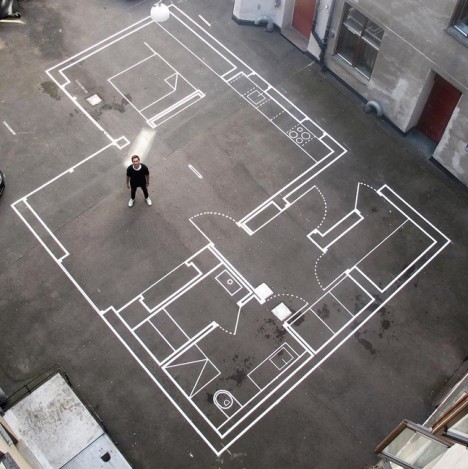
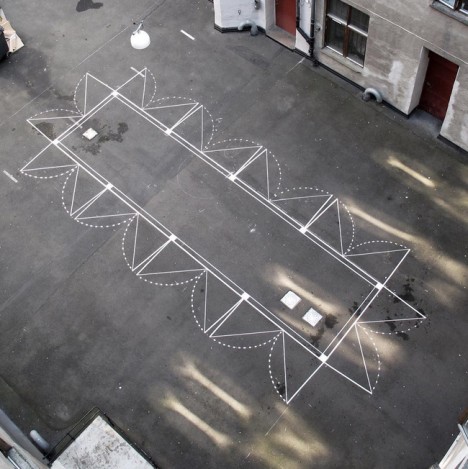
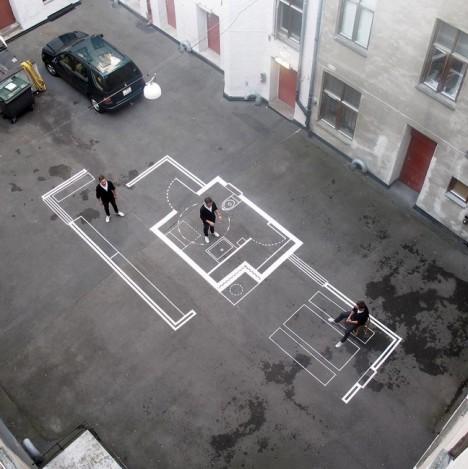
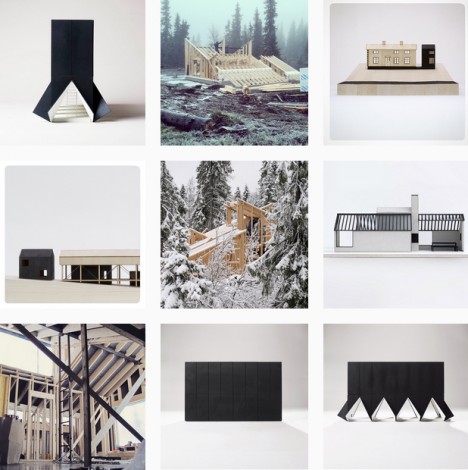
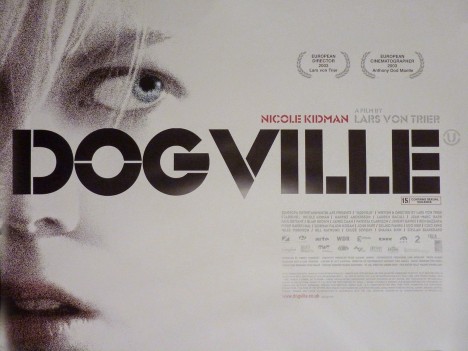
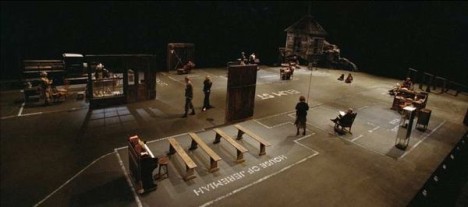
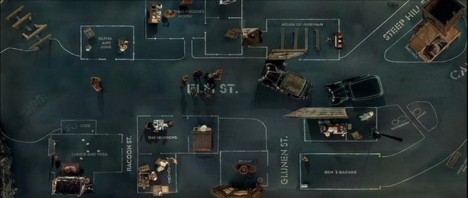
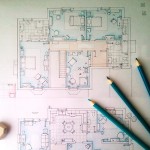
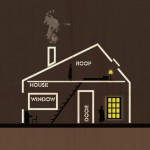
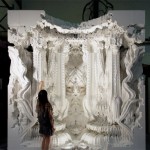




You must be logged in to post a comment.